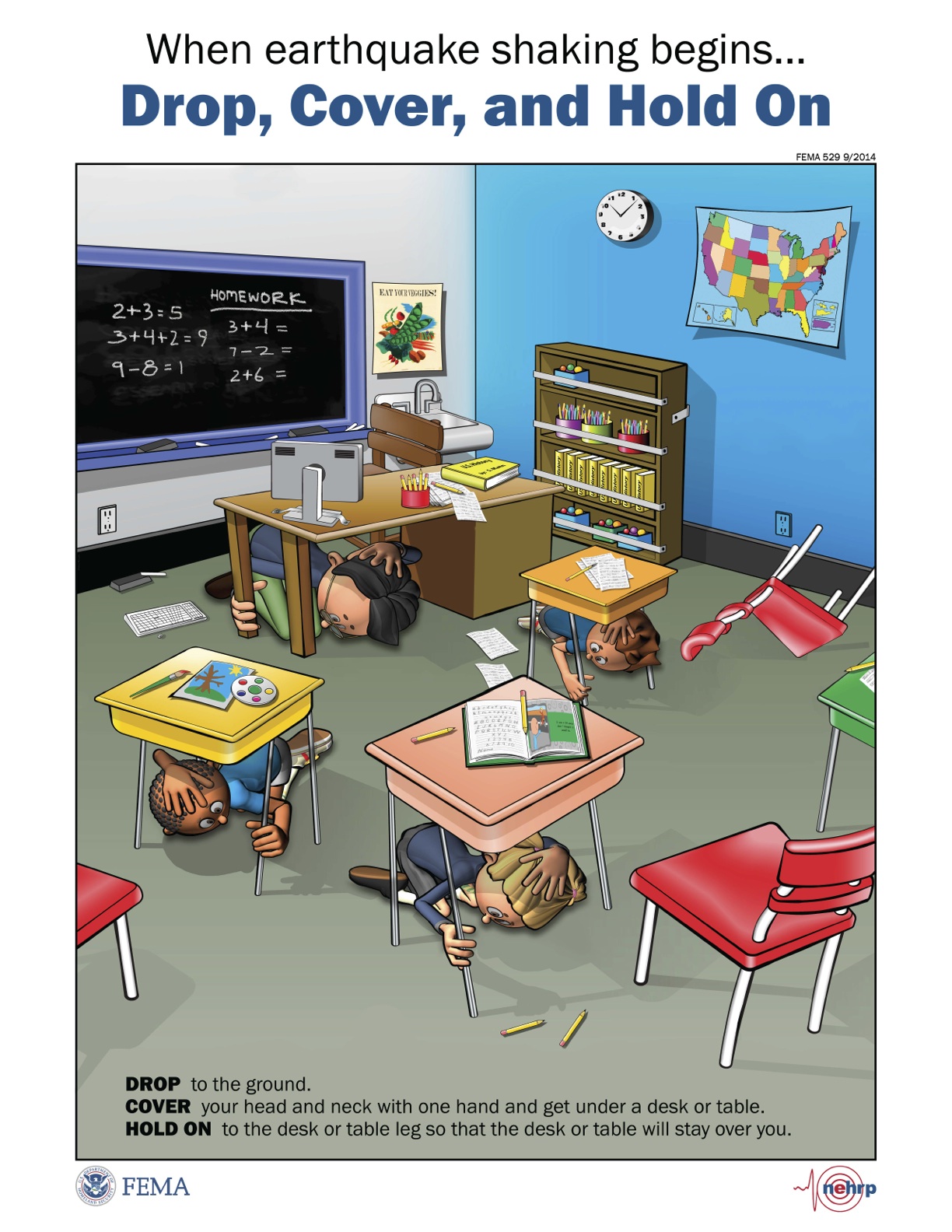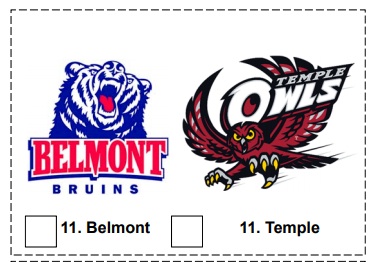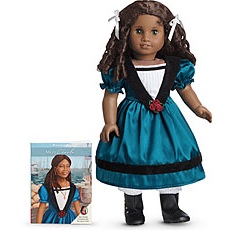February is a great time to recognize the importance of oral health for children and effectively get your child interested in good oral hygiene. Parents can help children get a good start on a lifetime of healthy teeth and gums by modeling good behavior, developing good habits at an early age, and scheduling regular dental visits.
It can even start as early as in infancy by familiarizing your child with the feel of a soft infant toothbrush or wet wash cloth as you clean their gums after mealtimes. Give your child, even if they don’t have teeth, a soft bristle toothbrush so they can copy mom or dad. They will do it!
Another great way to teach young children and toddlers the proper techniques of good oral hygiene is to tell, show and do.
TELL: Explain how to brush and floss and how those actions keep teeth clean and healthy. Make sure you use age-appropriate language so your child will truly understand. Let them ask questions, and make sure to answer them.
SHOW: Let children watch when you brush and floss your own teeth. Again, let them ask questions and make sure to answer them. Answer them by showing them. Sometimes using a stuffed animal can help you demonstrate.
DO: Help children brush their teeth in the morning and before bed. Keep a regular routine so they know it’s expected. Brush for at least two minutes. Sometimes teaching them a song that takes about two minutes helps. It helps them brush for the whole time, as well as makes it fun! Continue to help children brush their teeth until they’re 4 or 5 years old. After that, let them do it themselves, but supervise and monitor until they’re 7 or 8 years old.
Remember that the proper technique and motion of brushing is very important. Teach your child to brush teeth in a gentle, circular motion. Harshly scrubbing back and forth can damage the gums. The circular motion does the best job of both removing the plaque along the gum line and massaging the gums.
Make sure your child uses a child-sized toothbrush and toothpaste made for children, too. If your child is under 2 years old, use a fluoride-free toothpaste (also known as training toothpaste). If your child is between 2 and 6 years old, use just a little fluoride toothpaste. Teach children to spit out any extra toothpaste. Once children get the spitting down, they can use an anti-cavity mouth rinse after brushing. Alcohol-free rinses are best for children.
And don’t forget, flossing is just as important as brushing. You should floss your child’s teeth at least once a day. If you’re unsure of the proper technique or how to explain it to your child, ask your dentist or hygienist. They’ll be happy to help.
Make brushing teeth fun:
- Let children pick out their own toothbrush, maybe one that lights up or has a character on it.
- Let children put their own toothpaste on the toothbrush themselves (a little help from mom or dad might be needed so they don’t put too much on).
- Get your child an electric toothbrush for best results, but follow the directions that come with the brush to be effective.
- Make a game out of brushing by singing a song or telling a story while your child brushes.
The more fun you make brushing teeth for your child, the easier it will be to get them to brush and for them to make it a habit. If done consistently, along with eating healthy and seeing your dentist regularly, your child will be well on his way to a lifetime of smiles.
Impact of sugary foods and snacks on children’s oral hygiene
Everyone has bacteria in their mouths, and bacteria love sugar! It only takes about 20 seconds for your mouth’s bacteria to convert sugar into the acid that destroys tooth enamel. Worse yet, that acid is active for about 20 to 30 minutes. So the amount of sugar, and how often it’s eaten, are very important for parents to monitor.
The less sugar in your child’s diet, the better for their teeth and overall health. For snacking, fresh fruits and vegetables are the best. Popcorn and nuts are good runner-ups. If you give your child candy or sweet treats, do it after a meal when the flow of saliva is higher to help wash the sugar away. Brushing and rinsing after a sweet snack is also a good idea. At the very least have the child rinse with water.
Impact of soda, juice and bottled water on children’s oral hygiene
Sugar comes in many forms. Some obvious foods that contain sugar are candy and candy bars. But juice is a big culprit, too. Yes, you want to keep your child hydrated, but sugary drinks like juice and soda aren’t the best way to do it. When children, or anyone, drink sugary drinks throughout the day, the acid that’s created from the mouth’s bacteria/sugar combination just keeps being produced. So all day long, acid is working on destroying teeth. When it comes to juice, give your child only 4 to 6 ounces per day as a part of a meal or snack. Avoid using juice boxes as a convenient on-the-go drink of choice. A better choice would be water.
Also avoid letting your child fall asleep with a bottle of juice in their mouth. That’s like soaking your child’s teeth in a pool of sugar while they sleep! Water is best for your child. And although bottled water is convenient, be aware that bottled water may not contain enough fluoride needed to help your child’s teeth. Some bottled water contains fluoride and some don’t. And sometimes the amount of fluoride in bottled water is listed on the label and sometimes it isn’t. Most tap water has fluoride to aid in the fight against tooth decay.

The use of fluoride
Fluoride is good for teeth because it helps prevent tooth decay. However, in developing teeth, too much fluoride can damage the teeth by causing dental fluorosis. Dental fluorosis affects the tooth’s enamel. Milder cases are barely noticeable white flecks on the teeth, whereas more severe cases can include heavy staining or even very visible pitting and pocking.
Children under 8 years of age are the most susceptible because that’s the age of developing permanent adult teeth, and dental fluorosis works on damaging teeth when the teeth are still under the gum line. Once teeth have erupted, they are no longer at risk. Dental fluorosis is the reason you should use a non-fluoride (training toothpaste) on children under the age of 2, and only a very small (pea-sized) amount of fluoride toothpaste for children 2 to 6 years of age.
Baby-bottle tooth decay
Tooth decay in infants and toddlers is often called baby bottle tooth decay. It’s also called early childhood caries (cavities). Baby bottle tooth decay most often occurs in the upper front teeth, but other teeth may also decay.
The biggest cause of baby bottle tooth decay is when a baby naps or sleeps with a bottle full of milk or juice, or is given a bottle rather than a pacifier for comfort. As the liquid passes out of the nipple into the infant’s mouth, it just sits in the mouth as the baby relaxes, stops sucking and falls asleep. That means the developing teeth soak in the liquid’s sugar while the baby sleeps. That’s not good for developing teeth.
How to prevent baby-bottle tooth decay:
- Don’t put your child to bed or a nap with a bottle of juice or sugary drinks.
- Put only formula or milk in baby bottles; avoid filling bottles with juice or soft drinks.
- Have your infant finish the bottle before naptime or bedtime.
- Don’t dip pacifiers in sugar or honey.
- After each feeding, wipe your child’s gums with a clean, damp gauze pad or washcloth.
- When your child’s teeth come in, brush them gently with a child-size toothbrush and water.
- Encourage healthy eating habits.
- Schedule your child’s first dental visit as soon as your child’s first tooth appears and no later than your child’s first birthday.
Remember, your child’s good oral hygiene and eating habits start early. They start with you as parents!






